What Does A Microscope Have Two Of ?
A microscope typically has two lenses: the objective lens and the eyepiece lens. The objective lens is located at the bottom of the microscope and is responsible for magnifying the specimen being observed. The eyepiece lens is located at the top of the microscope and is responsible for further magnifying the image produced by the objective lens and projecting it into the viewer's eye. Together, these two lenses allow for high magnification and resolution of microscopic specimens.
1、 Eyepieces
What does a microscope have two of? The answer is eyepieces. These are the lenses that you look through to observe the magnified image of the specimen being studied. The eyepieces are usually located at the top of the microscope and are adjustable to accommodate different users' eyesight.
In recent years, there have been advancements in microscope technology that have led to the development of digital microscopes. These microscopes have replaced the traditional eyepieces with a digital camera that captures the image of the specimen and displays it on a computer screen. This allows for easier sharing of images and data, as well as the ability to manipulate and analyze the image using software.
However, traditional microscopes with eyepieces are still widely used in many fields, including biology, medicine, and materials science. They offer a more direct and immersive viewing experience, allowing the user to see the specimen in real-time and make observations that may not be captured by a digital camera.
Overall, whether using traditional eyepieces or digital cameras, microscopes remain an essential tool for scientific research and discovery. They allow us to see the world in a new and magnified way, revealing details and structures that are invisible to the naked eye.

2、 Objective lenses
What does a microscope have two of? Objective lenses. These lenses are the primary optical components of a microscope and are responsible for magnifying the specimen being observed. They are located at the bottom of the microscope's body tube and come in different magnification powers, typically ranging from 4x to 100x or higher.
Objective lenses are designed to provide a clear and detailed image of the specimen by gathering and focusing light onto the eyepiece. They are made of high-quality glass and are coated with special materials to reduce glare and improve image contrast. The quality of the objective lenses is crucial in determining the overall performance of the microscope, as it directly affects the clarity and resolution of the image.
In recent years, there has been a growing trend towards using digital microscopes, which use cameras and computer software to capture and analyze images. While these microscopes still have objective lenses, they also have additional features such as image processing algorithms and automated focusing systems. This allows for faster and more accurate analysis of specimens, making them ideal for research and medical applications.
Overall, objective lenses are an essential component of any microscope, whether traditional or digital. They play a critical role in providing clear and detailed images of specimens, and their quality directly affects the performance of the microscope.

3、 Focusing knobs
What does a microscope have two of? Focusing knobs. These knobs are used to adjust the focus of the microscope, allowing the user to view the specimen in greater detail. One knob is used to adjust the coarse focus, which moves the objective lens up and down to bring the specimen into focus. The other knob is used to adjust the fine focus, which makes small adjustments to the position of the objective lens to achieve a sharper image.
In addition to the two focusing knobs, modern microscopes may also have other features to aid in focusing and image clarity. Some microscopes have a third knob for adjusting the stage height, which can help to bring the specimen into focus. Others may have a built-in digital camera or software that allows for automatic focusing and image processing.
Microscopes are essential tools in many scientific fields, including biology, medicine, and materials science. They allow researchers to study the structure and behavior of microscopic organisms and materials, providing insights into the workings of the natural world. With advances in technology, microscopes continue to evolve, offering new capabilities and greater precision in imaging and analysis.

4、 Stage clips
What does a microscope have two of? Stage clips. These are small metal clips that hold the slide in place on the stage of the microscope. They are essential for keeping the slide steady and in focus while viewing under the microscope.
However, it is important to note that not all microscopes have stage clips. Some microscopes, such as digital microscopes, may have a different mechanism for holding the slide in place. Additionally, some high-end microscopes may have more than two stage clips to provide even greater stability and precision.
Stage clips are typically located on the stage of the microscope, which is the flat platform where the slide is placed. They are usually adjustable to accommodate different sizes of slides and can be tightened or loosened to hold the slide securely in place.
Overall, stage clips are a crucial component of a microscope, as they ensure that the slide remains in the correct position for accurate viewing and analysis. Without them, it would be difficult to obtain clear and precise images of microscopic specimens.















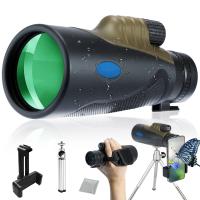






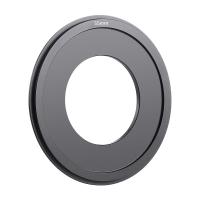
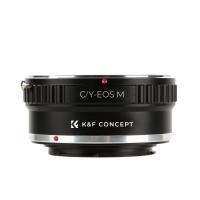
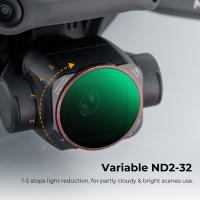


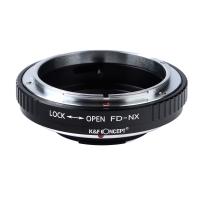


There are no comments for this blog.